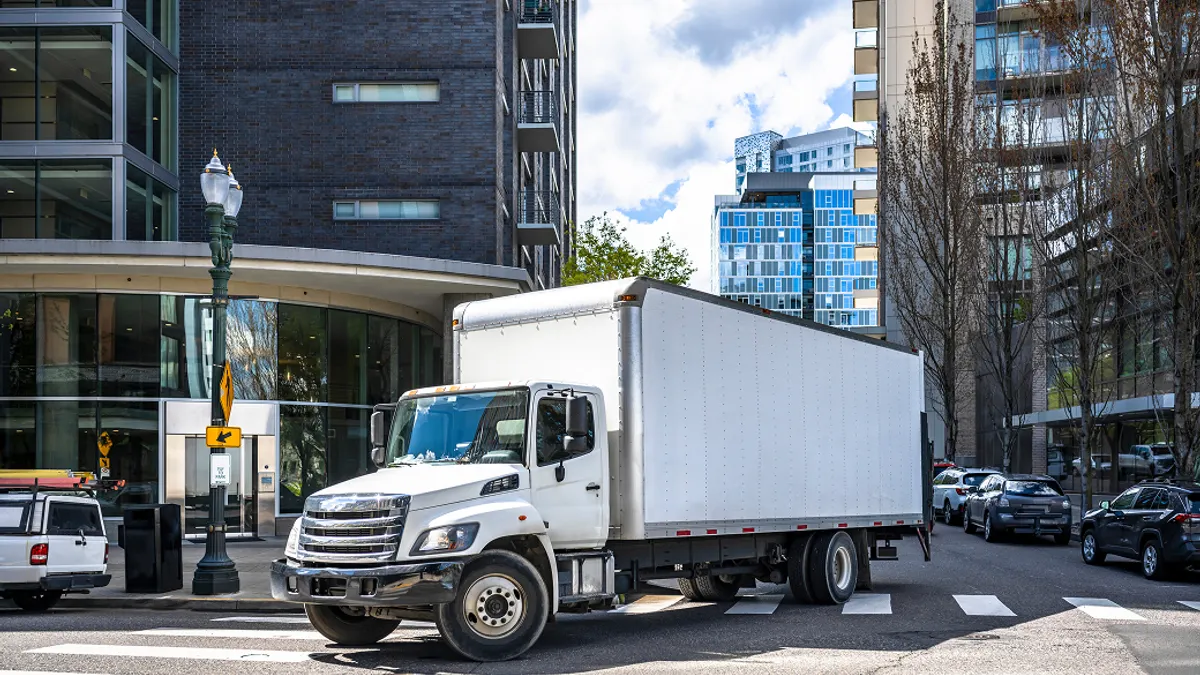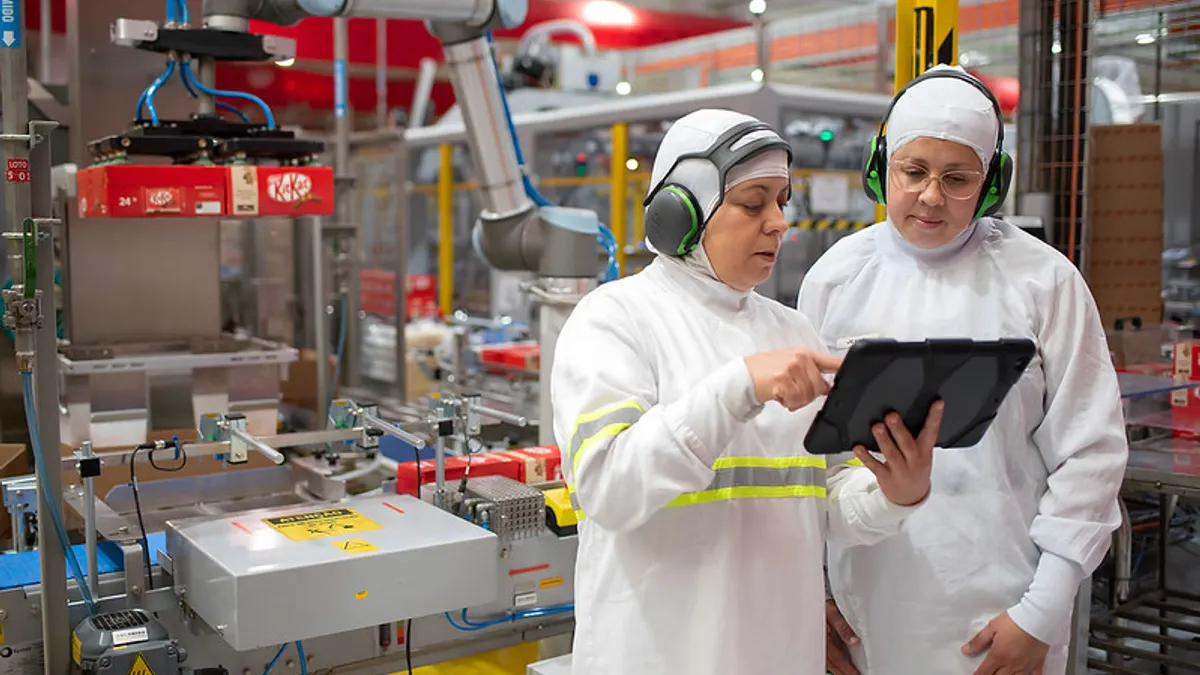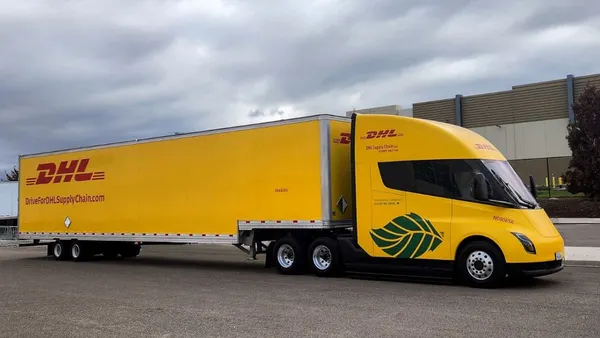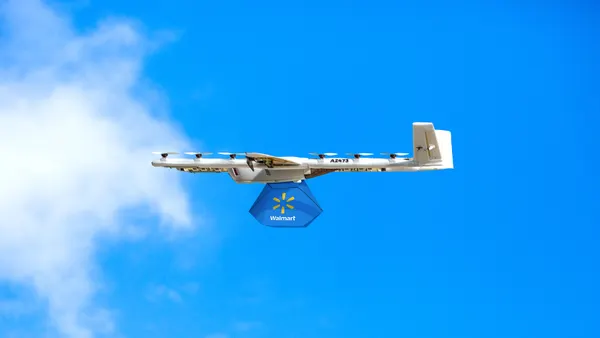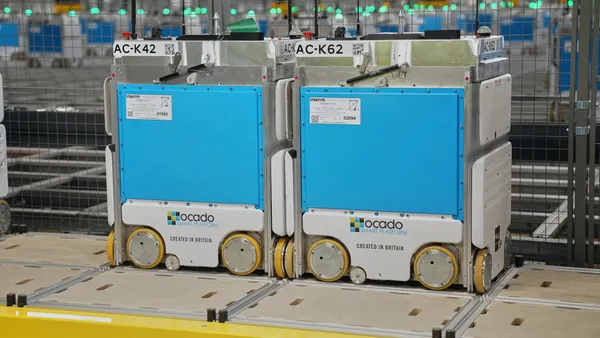From warehouse automation to last-mile driver safety, artificial intelligence (AI) is reshaping supply chain logistics. For fleets under pressure to move faster and cover more ground, AI aims to deliver safer roads, lower costs, and fewer disruptions. Yet despite widespread AI adoption, safety outcomes remain varied and inconsistent.
In 2024, the U.S. experienced 39,345 traffic fatalities—a 3.8% decrease from the previous year, but still significantly higher than pre-pandemic levels. For logistics providers handling dense delivery routes, the challenge is even more urgent. According to reports, approximately 30% of all accidents occur in the last-mile segment.
The introduction of AI-powered cameras has helped reduce distracted driving, prevent accidents, and save lives. However, to make a meaningful difference, commercial fleets require accurate and reliable AI that detects and alerts to unsafe driving in real time, paving the way to Zero Harm.
As tight timelines and busy delivery schedules put immense pressure on drivers, AI-based fleet safety systems have become vital to protecting them. Yet the rapid innovation and deployment of cutting-edge AI have outpaced the establishment of reliable benchmarks, leaving customers uncertain about the safety and efficacy of AI-powered solutions.
In industries like consumer products and medical diagnostics, vendors are required to substantiate their claims. In the autonomous vehicle sector, companies utilize platforms like Foretellix to simulate millions of driving scenarios and validate system performance before deployment.
A Growing Concern: Opaque Performance and Anti-Benchmarking Clauses
AI-powered driver safety technology is equally critical, yet its performance metrics are seldom disclosed or verified. Alarmingly, some vendors actively prevent scrutiny.
For instance, Samsara's Terms of Service include clauses that prohibit customers or researchers from publishing product performance comparisons without written permission. These "anti-benchmarking clauses" obscure performance gaps and suppress data that could be vital for safety.
Such practices are more than anti-competitive. They can also jeopardize safety. When performance data is hidden, signs of driver distraction may go unnoticed, fatigue can be misinterpreted, critical driving risks might be flagged too late—or not at all—and incident responses could be delayed or inaccurate.
In the high-pressure world of supply chain logistics, any failure—human or mechanical—can ripple across the entire network, putting drivers, their freight, and the communities in which they operate at risk. That’s why "good enough" AI isn’t just inadequate, it’s a liability.
A Proven Alternative: Independent Validation and Open Testing
At Motive, we adopt a different approach—one rooted in transparency, rigor, and accountability. We have pursued independent testing of our products, including head-to-head evaluations conducted by the Virginia Tech Transportation Institute (VTTI), a leader in transportation safety research, in a report that we commissioned.
In these tests, the Motive AI Dashcam successfully alerted drivers to unsafe driving behavior 86% of the time, outperforming leading competitors Samsara and Lytx, which had significantly lower alert rates. The results are published and publicly available, and the methodology is transparent. We encourage customers to conduct their own side-by-side trials to validate these findings.
At Motive, we welcome comparisons—because that's how trust is built and safety is enhanced. It's also how logistics leaders ensure their drivers return home safely, deliveries arrive on time, and service commitments are met. Just as importantly, they strive to safeguard the communities in which they operate, recognizing that true safety extends beyond the cab to every street, neighborhood, and person along the route.
A Call to Action: Industry-Wide Standards for AI-Powered Driver Safety Technology
Commercial fleets deserve access to stringent standards for the AI systems embedded in their vehicles and equipment. To achieve this, vendors must lead by example, not hide. This entails removing anti-benchmarking language from contracts, allowing independent third-party testing, and publishing performance results and methodologies.
The supply chain economy doesn’t run on assumptions—it runs on verified performance. That standard should also apply to safety technology.
At Motive, we've already implemented these measures because transparency is the ethical and responsible way to develop and deploy AI tools designed to prevent accidents and protect lives.
Accountability Is Non-Negotiable
For AI-powered driver safety tools to fulfill their promise—saving lives, preventing incidents, and building safer roads—transparency must be guaranteed. Vendors must demonstrate their capabilities, not just claim them. Independent benchmarking isn't a burden. It's a business imperative.
In logistics, you can’t optimize what you can’t measure, and you shouldn’t trust what you can’t verify.
Because when it comes to driver safety, there's no room for guesswork—only proof.

